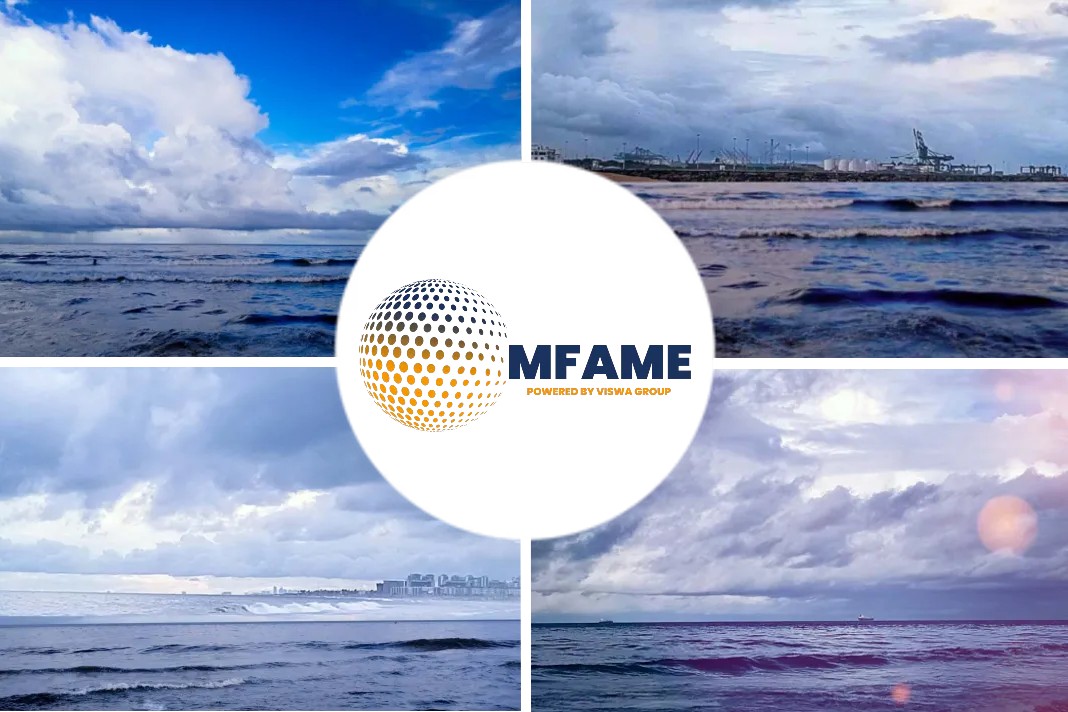- There has been an increasing pressure for shipowners to sharpen their environmental performance, driven by IMO 2050, regional regulations.
- As a result, market pull from charterers, banks and investors, the decarbonization challenge is here to stay.
- DNV GL sees the adoption of new digital technologies as vital to achieve decarbonisation goals for the shipping industry.
- It is clear that the global green agenda shifts the business playing field for shipowners.
A recent news article published in the Offshore Energy reveals that IMO regional regulations push shipowners to sharpen their environmental performances.
Use of alternative fuels
As such, digitalisation of ship operations, in tandem with the use of alternative fuels, will be a key enabler to optimise the energy efficiency of fleets to meet low-carbon standards.
However, much of the maritime sector is lagging behind other industries such as aviation and automotive.
In those sectors digitalisation has been widely applied for decades.
Moreover, offshore is also in need of digitalisation such as data sensors on equipment, digital twins, artificial intelligence and remote operations are now rapidly gaining ground, according to Berger.
Advanced sensors in ships
Ships are increasingly being fitted with advanced sensors to monitor fuel consumption and energy efficiency.
It provides real-time data that can be integrated into an overall fleet management system for continuous learning and optimisation of operations.
Installing of fuel monitoring device
There are several examples of shipowners installing a fuel monitoring device on the bridge and testing out different operational measures to check how this affected fuel consumption.
In many cases, minor differences in operational behaviour reduced fuel consumption by 10%.
NAVTOR makes a strong statement
Norway-based navigation software provider NAVTOR believes smart shipping is possible if the industry taps into the potential of software suites available for route planning, performance analysis as well as assistance in compliance with regulations for different ports and jurisdictions.
Various uses of digital tools in shipping
To optimise maintenance through continuous condition monitoring of engines, the hull and other equipment and structures using data sensors.
Administrative and logistical organisation will be key to optimising ship operations as the industry navigates a course into a low-carbon future.
Digitally enabled operational and managerial measures can achieve 10% to 20% greater energy efficiency, and thus improved emissions performance.
Digitalisation can result in a shift whereby charterers increasingly may take over the role as shipowner to include vessel operations within the entire logistical chain in order to meet environmental requirements, citing online retail giant Amazon as a possible candidate.
The advent of more digitalised ship operations does though present an increased cyber-security risk for fleet assets as a vessel’s legacy computer systems are more vulnerable to hacking when hooked up to a wider network.
Did you subscribe to our daily newsletter?
It’s Free! Click here to Subscribe!
Source: Offshore Energy


















